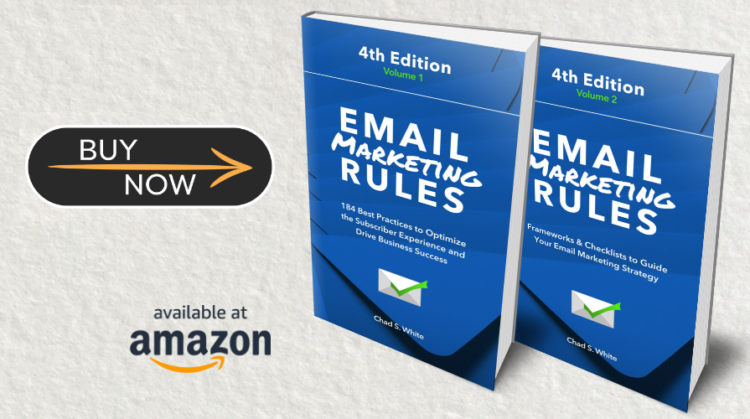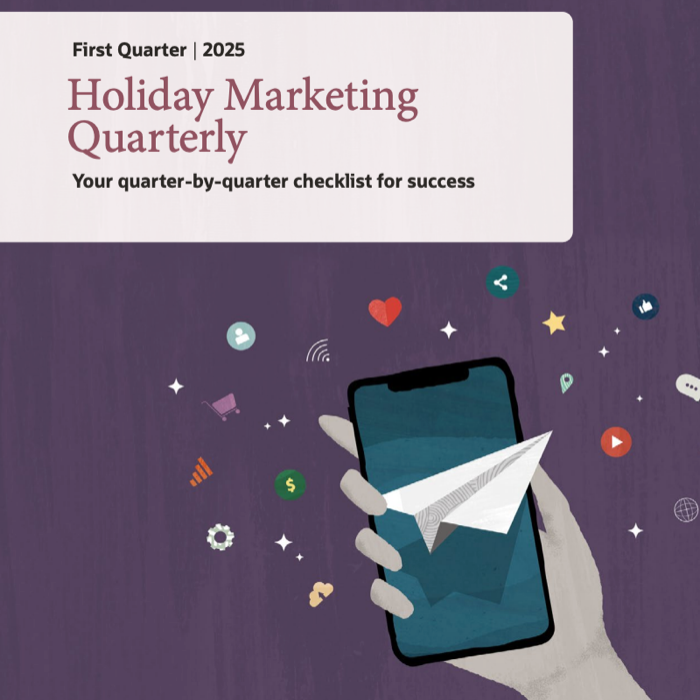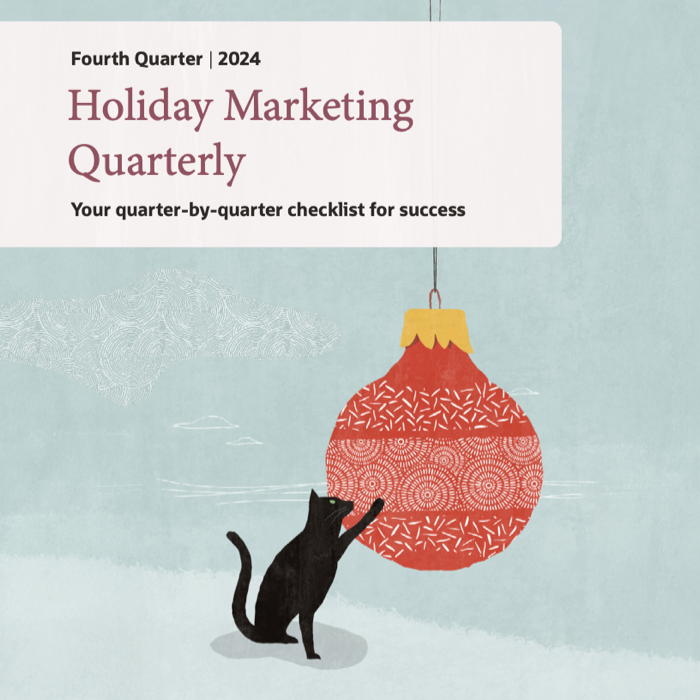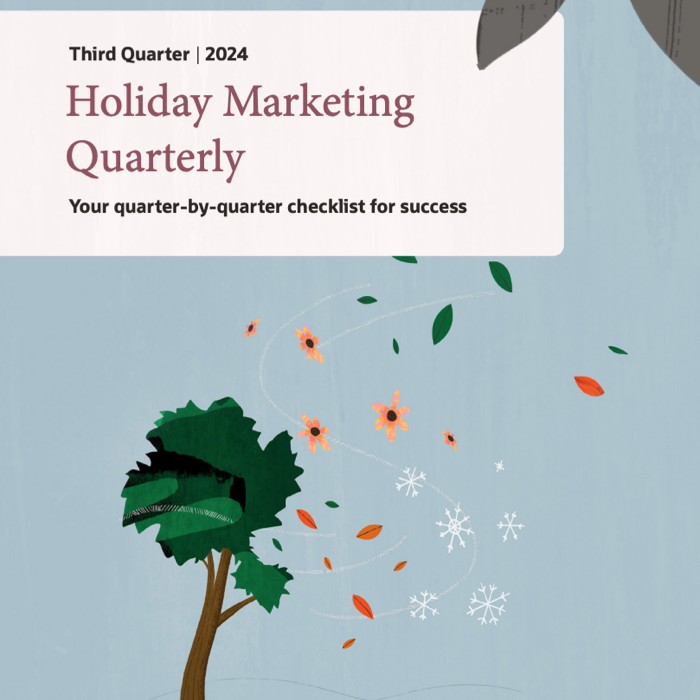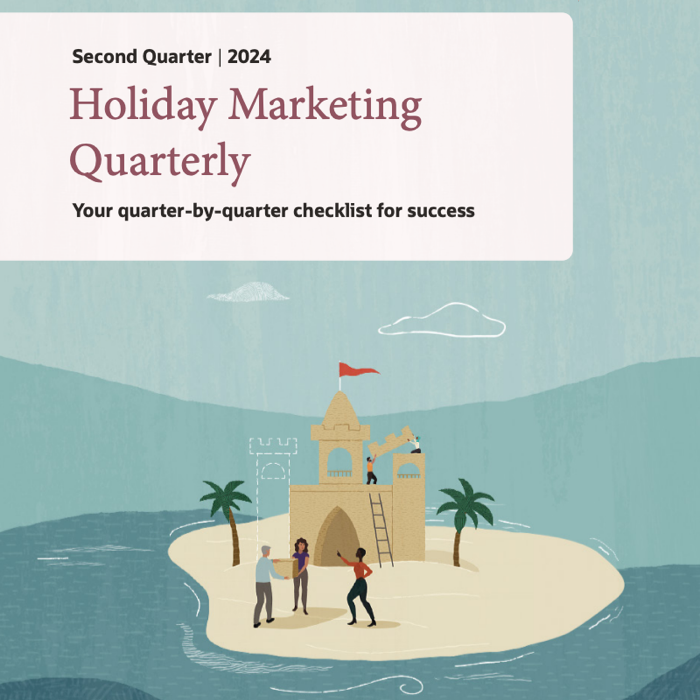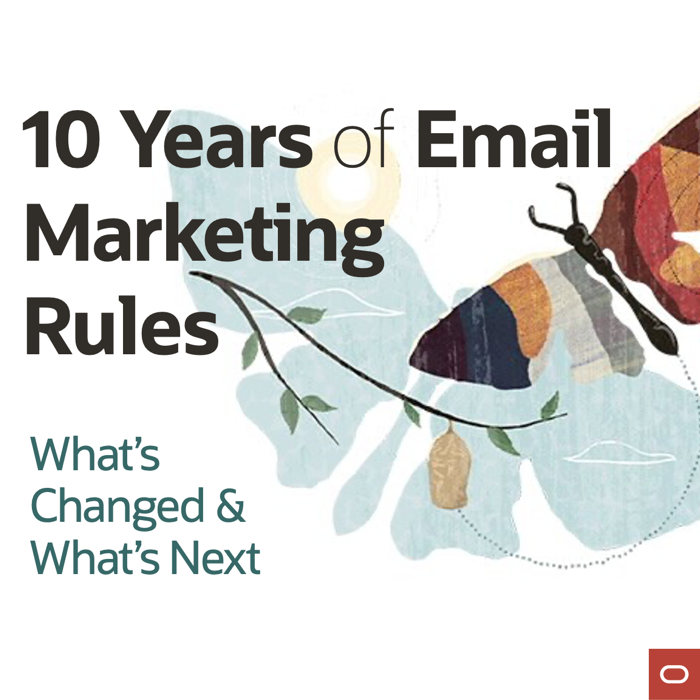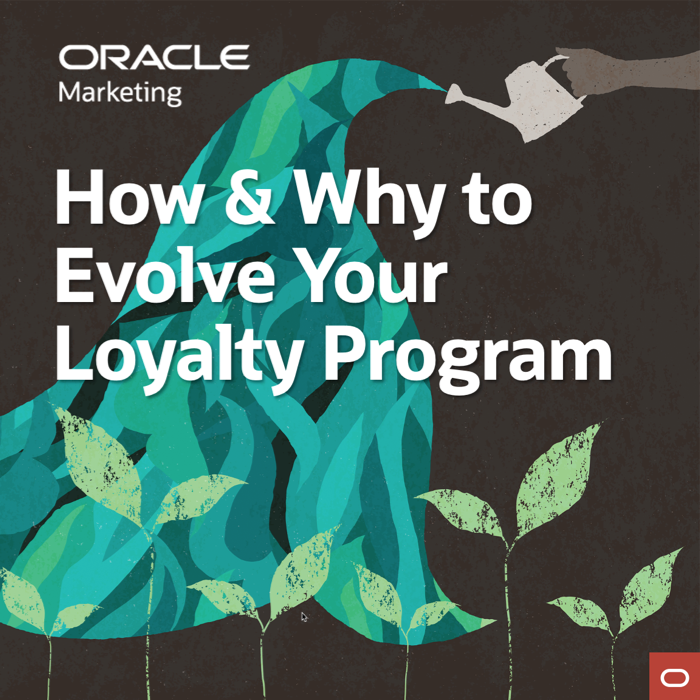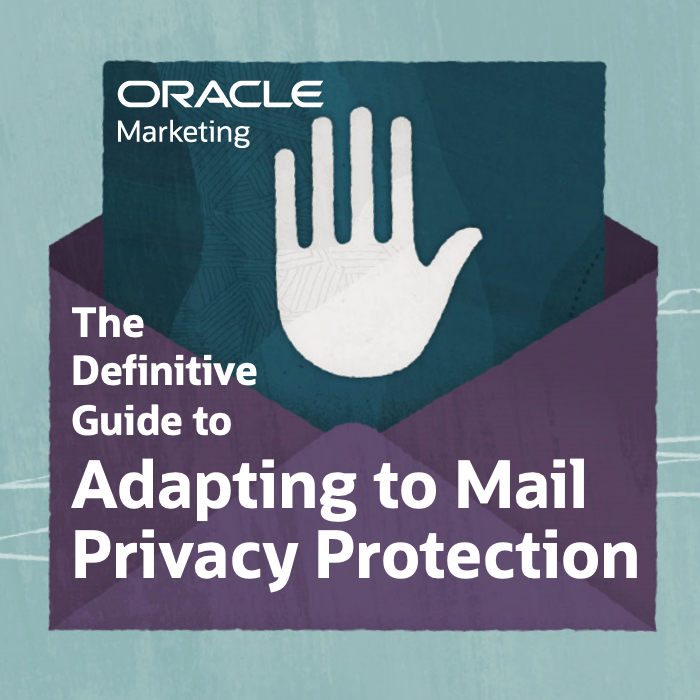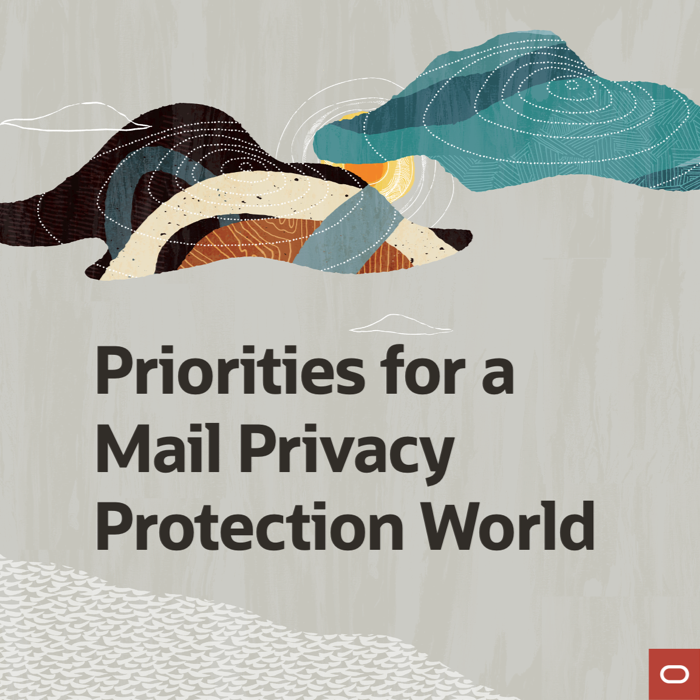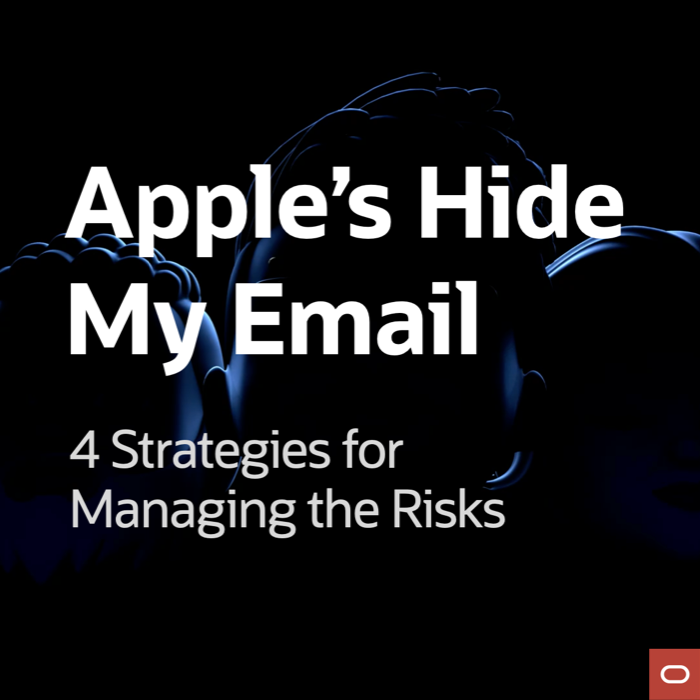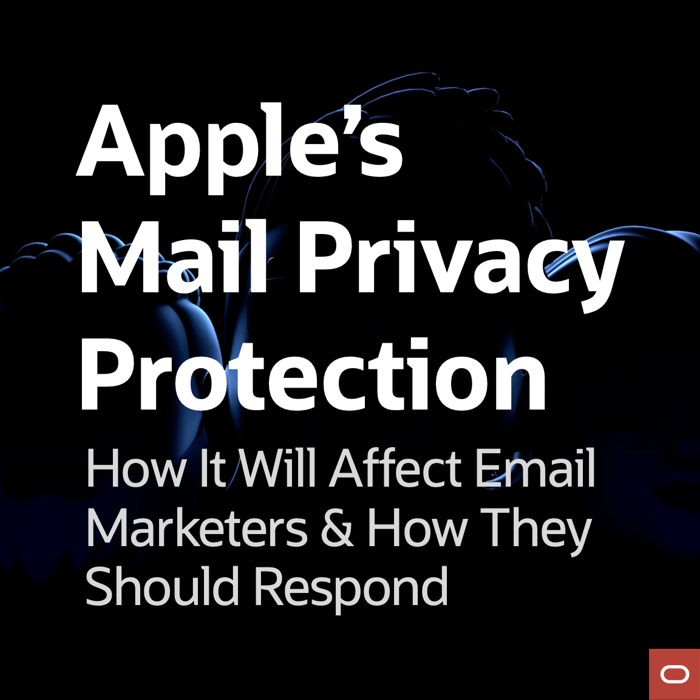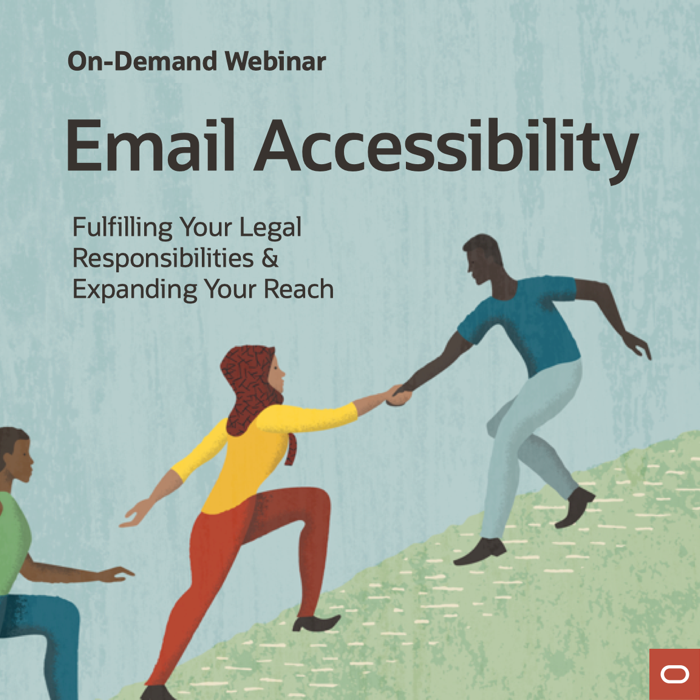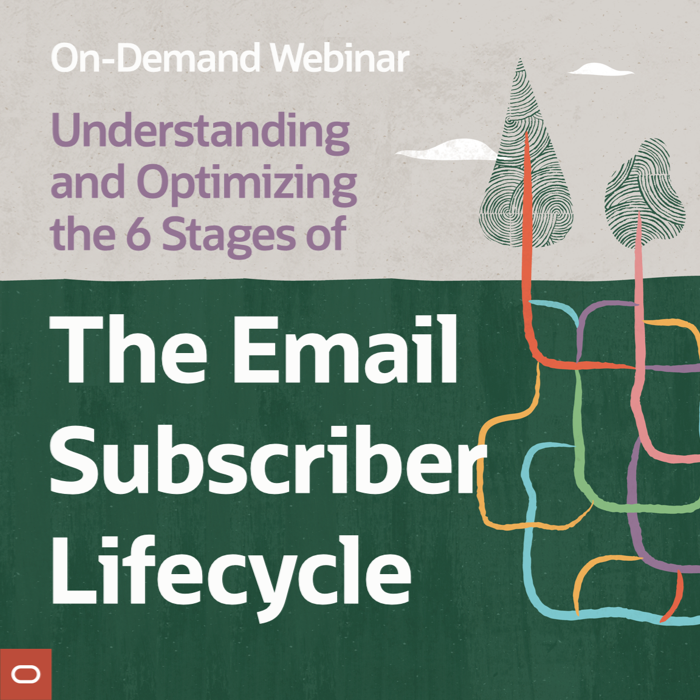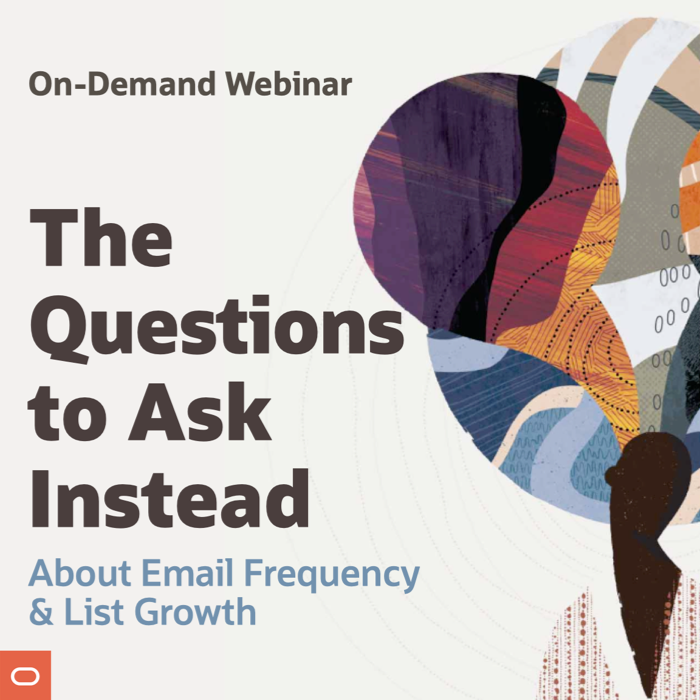Things I Would and Would Not Apologize For
Considering the complexities and high volume of our industry, mistakes are practically unavoidable. But just because you’ve made a mistake doesn’t mean an apology email is necessary.
Most brands won’t send a single apology email over the course of a year, and in recent years less than one-tenth of one percent of email volume is apologies for email mistakes. To say that apology emails are rare is an understatement.
When considering whether to send an apology and correction, remember that most of your subscribers will not have seen the email with the mistake in it. So apologizing draws additional attention to the error and sending that additional email may lead to annoyance and more unsubscribes.
With that in mind, here are some mistakes that I would not apologize for:
 Formatting errors: An ugly, broken-up email is a reminder to be more diligent with your coding and do pre-send rendering testing, but not a cause for an apology. Just a couple of days ago Costco sent an email where their 3-column-6-row product grid broke, becoming a 1-column-18-row grid. They smartly let it go and moved on.
Formatting errors: An ugly, broken-up email is a reminder to be more diligent with your coding and do pre-send rendering testing, but not a cause for an apology. Just a couple of days ago Costco sent an email where their 3-column-6-row product grid broke, becoming a 1-column-18-row grid. They smartly let it go and moved on.
Typos: Unless the typo is in your coupon code or creates a profane word, it’s good to let these go as even subscribers who read the email may not notice them or will be able to figure out what you meant using sentence context. Typos in subject lines are not a special case—let those go too.
For instance, on Cyber Monday in 2011, Linens-N-Things had the following typo in the subject line of their third email of the day: “Last Chance: Cyber Monday Deals End in 60 Miutes”. They responded 2 hours later by sending an apology email—their fourth email of the day—with this subject line: “Oops! Sorry for the Typo: Cyber Monday Deals End in Minutes!” On the highest-volume day of the year, this was an ill-advised risk.
Deployment misfires: Sending out an email at the wrong time, especially with missing content, is painful and potentially embarrassing. But even these are worth letting go in most cases.
For instance, in 2007, Drs. Foster & Smith sent out a “Happy Thanksgiving” seasons greeting email a full week early. They didn’t send an apology or resend it the following week. They just let it stand as an early seasons greeting.
And earlier this year, Amazon.com accidentally sent out an email promoting BCS championship gear 24 hours before the game was to take place. They sent an apology, but it was really unnecessary as it was clearly an error to those most likely to buy the gear. They should have just sent the email after the game as planned and in the meantime used the landing page to make it clear that championship gear would be available at the conclusion of the game “tomorrow.”
All that said, here are the three email mistakes that would cause me to send an apology:
1. An email error that seriously impairs the message, such as the wrong coupon code for the primary message or mistakes in the critical links in an email.
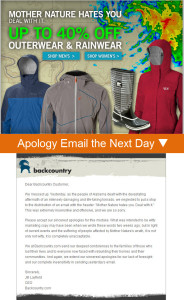 2. An email accidentally sent to the list of a sister brand. Permission is sacred. Accidentally violating it is worth apologizing for and making it clear that they won’t receive any more messages from the sister brand—with the subtext being, “Please don’t mark that email as spam.”
2. An email accidentally sent to the list of a sister brand. Permission is sacred. Accidentally violating it is worth apologizing for and making it clear that they won’t receive any more messages from the sister brand—with the subtext being, “Please don’t mark that email as spam.”
3. An email that was unintentionally offensive. For example, in 2011, Backcountry.com sent an email with the headline “Mother Nature Hates You. Deal with It.” That email was sent on the same day that lethal tornadoes devastated Alabama. Backcountry wisely sent an apology, explaining themselves and saying they were wrong in no uncertain terms.
I hope you’re able to avoid an apology-worthy email mistake, but it’s a good idea to have a contingency plan in place and an apology email drafted, just in case.
 Email Marketing Rules
Email Marketing Rules


